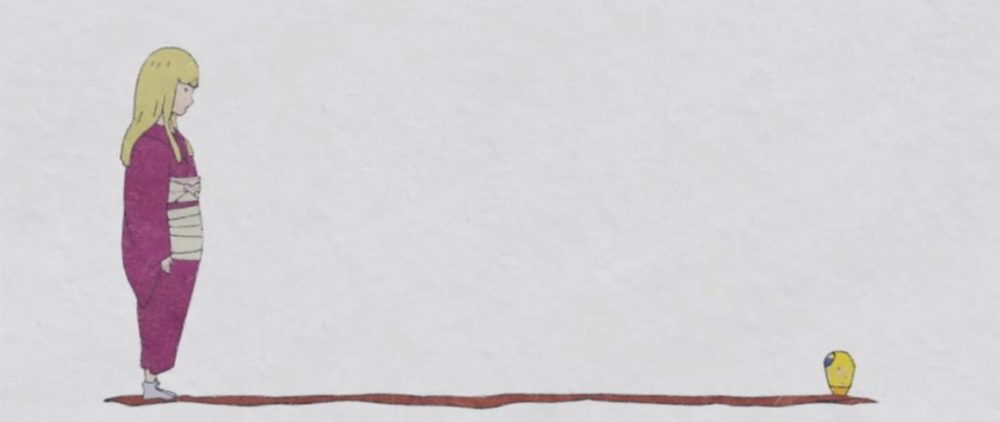Virtual Youth
In both documentaries of “Screenagers” by Delaney Ruston, “Tokyo Techno Tribes” by Richard Turner and “Don’t dream it” by Captain zip video trip, the authors are talking about the problems between youth and virtual world, discuss about how to let youths realize we cannot Immerse themselves in the virtual world.
Similarly, the authors are both talking about the problems between youth and virtual world use filmmaking techniques. Documentaries of “Screenagers” by Delaney Ruston, it use lots of OTS, mid shot and close up to tell many stories from different family. It focus on describing various inter-personal problems caused by virtuality. “Tokyo Techno Tribes” by Richard Turner use Dutch, variation, zoom pan and title, high angle to describe the scene. The documentary focus is on the unreal life of the busy and crowded Tokyo, which dazzles the audience and feel real world and the virtual world are not balanced. “Don’t dream it” by Captain zip video trip, it use lots of mid shot, close up, track and pan to recording the lives of young people in London at the time. Let audiences feel like they are spectator watching those youth’s life from a distance.
In conclusion, documentaries of “Screenagers” by Delaney Ruston, “Tokyo Techno Tribes” by Richard Turner and “Don’t dream it” by Captain zip video trip, they are both record the problems between young people and virtual, but But they used different angles to show their views to the audience.

